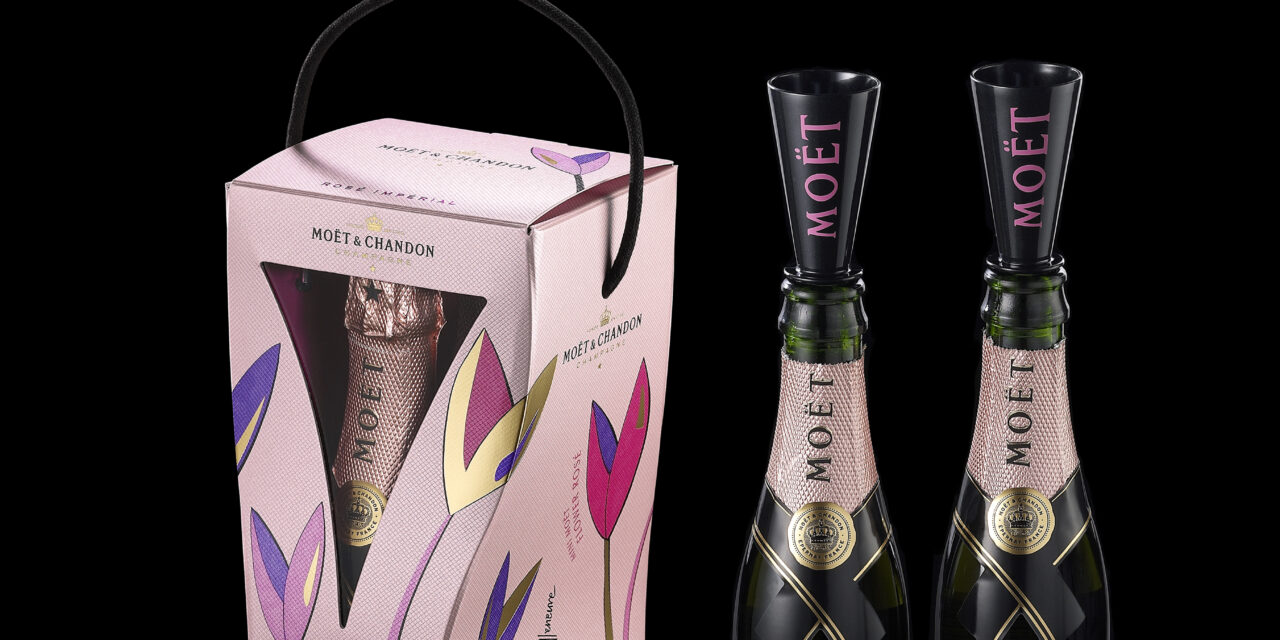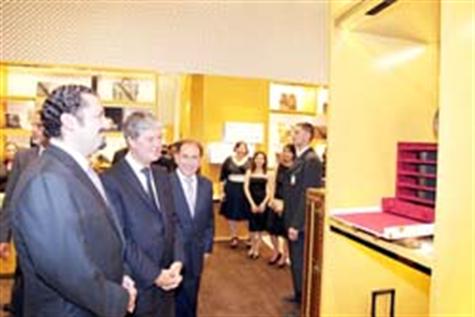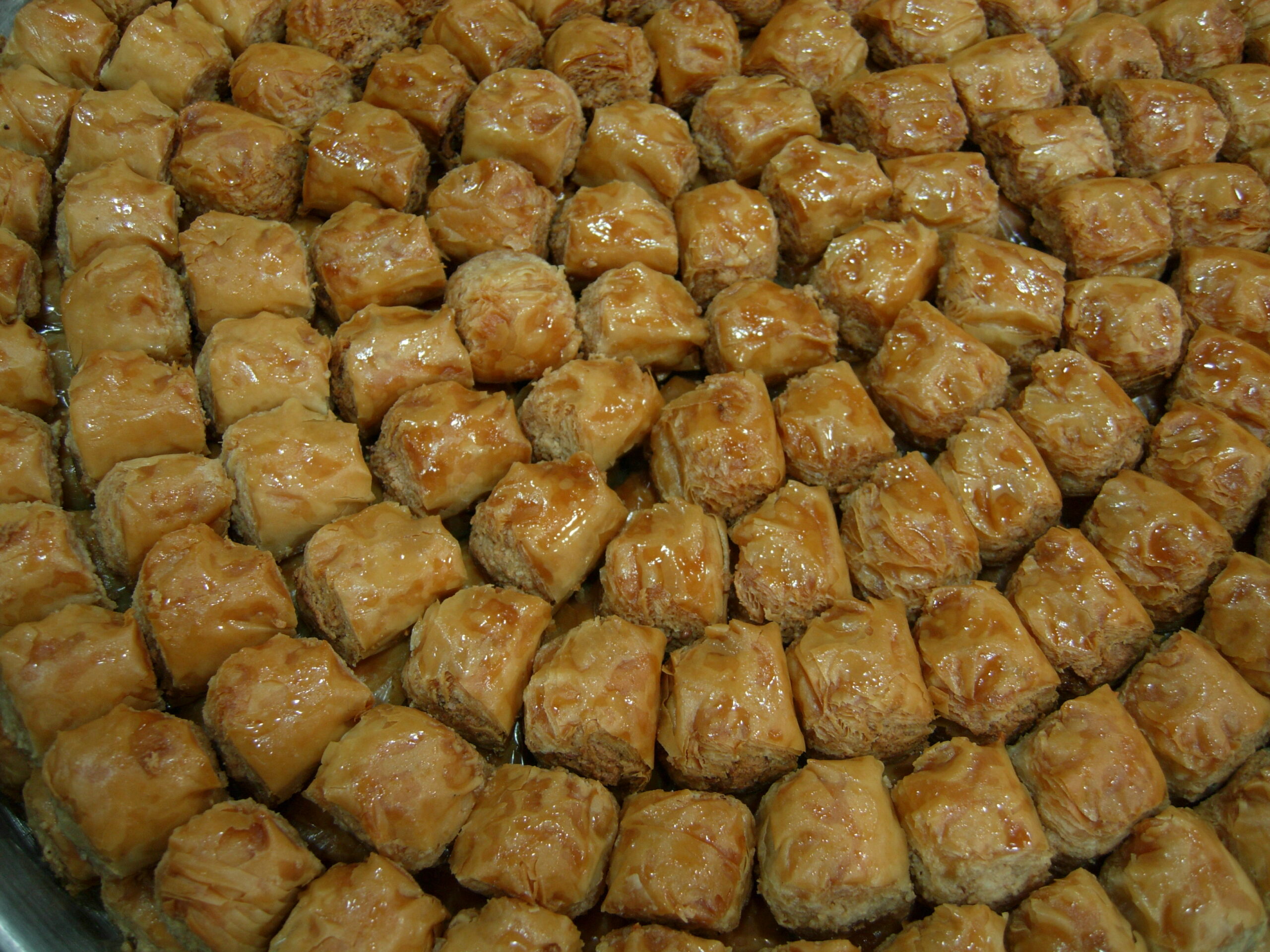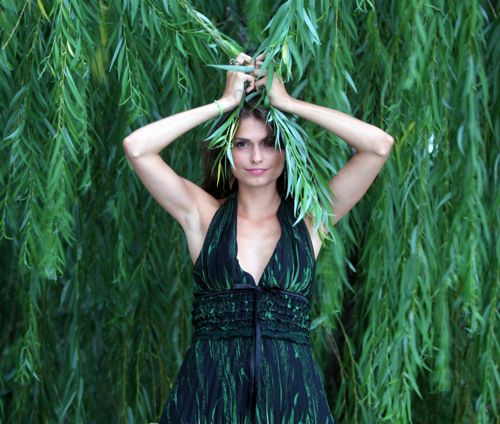It all began in the Champagne province of France, where a pale, pinkish still evolved into a sparkling, bubbly drink of celebration. “When wine was fizzy, people liked it,” says wine and spirits expert, Becky Sue Epstein, of the Frenchmen who first acquired a taste for the beverage in spring.
Grapes used for champagne were picked earlier, when sugar levels were lower and acid levels were higher. Juice from harvested grapes, nine in total including chardonnay, pinot noir and pinot meunier, were pressed quickly to keep the wine white, with the exception of pink or rosé champagnes. The first fermentation began in the same way as any wine, converting the natural sugar in the grapes into alcohol while allowing the carbon dioxide to escape. Since base wine in itself was too acidic, wine makers blended the grape juice (known as the cuvée) with other vineyard wines.
After primary fermentation, blending (assemblage in champagne) and bottling, a second fermentation occurs in the bottle induced by grams of yeast and sugar. After capping and riddling, so that “dead yeast and other imperfections didn’t settle in the neck of the bottle,” Epstein explains, the bottle was aged, cap removed and corked to maintain carbon dioxide in solution, and stored horizontally in wine cellars for at least a year and a half. In years where the harvest was exceptional, a vintage (millesimé) was declared and matured for at least three years.
Monks quickly learned the method champenoise, pruning vines to appeal to demanding taste palates. French Benedictine monk Dom Pierre Pérignon improved the quality of champagne in 18th Century France, by keeping the yield small and dictating the height of vines, maintained at three feet. Pérignon refused broken and bruised grapes, and favored mules and donkeys over horses, as they gently transported his grapes to the press houses.
French kings introduced new trade routes a century later, winning the noses and tongues of notable bourgeoisie. Russian Empress Catherine the Great used Champagne as an aphrodisiac for her lovers. Czar Peter the Great bought thousands of bottles and shipped them across eastern Asia only to be disappointed with the shattered bottles. “The fizz caused them to explode, even if a fly touched them,” Epstein remarks, accrediting the English glass makers who utilized coal-fueled ovens to produce stronger, more durable glass bottles than the wood-fired French glass. But some bottles heading to the Czar’s court in St. Petersburg were so strong that they survived a shipwreck—two laid horizontally under pressure, at a low temperature in the dark, fifty meters below surface for close to two hundred years. They recently sold for $78,400 at an auction this summer in Finland, with some of the fizz still left once cracked open.
England’s rediscovery of cork stoppers, once used by the Romans but forgotten for centuries after the fall of their empire, benefited the champagne trade in changing temperatures. Cold winters in Champagne prematurely halted the fermentation process, leaving residual sugar and yeast. But when the corkstoppered wine was shipped to and bottled in England, it would restart as the weather warmed, building pressure from carbon dioxide gas. The method ensured active fermentation on long journeys that would have been otherwise been damaged by natural causes.
By the 19th Century, champagne houses became the new business model across France and the rest of the world. Private houses and merchants who bought grapes from vineyard owners dominated over single estate growers or monasteries traditionally producing the wine majority. The houses of Möet & Chandon, Louis Roederer, Piper-Heidsieck and Tattinger became very successful, hiring sales agents to bring wine samples to European royal courts. Soon they competed with one another for shares of the growing market while keeping their eyes on nearby Burgundy province that successfully began producing sparkling wine.
Möet, the charmer who often told stories of his Joan of Arc ancestry, Epstein says, upheld champagne’s fame. Möet soon became the region’s largest distributor, the famous Dom Pérignon in the monk’s honor. The Frenchman began pouring champagne in coupe glasses, he also used for his cognac brandy varieties. Some say he drew inspiration from “Marie Antoneitte’s breasts,” she says, mentioning that Chanel designer Karl Lagerfeld used Claudia Schiffer’s boobs as motif for a Dom Pérignon design. Epstein prefers the standard flute she calls “the upside down hat,” or a small white wine glass the Italians use to pour prosecco sparkling wine- “Americans are drinking more of it than ever” she says, disclosing that consumption increased by ninety percent last year.
Sales in the province quadrupled since the 1950s. Today its vineyards produce over two hundred million bottles every year, with the French authorities in favor of expanding its production zone called Appellation d’Origine Contrôlée (AOC). Stakeholder Möet & Chandon owns close to three thousand acres that annually produce twenty six million bottles. His success is a result of rigorous marketing, using movie stars, James Brosman from the James Bond movies and Marilyn Monroe in ad campaigns. American rapper Jay-Z and numerous heads of states have become the favorable faces and big buyers of Möet champagnes.
Wine houses from Limoux, also registered with the AOC, take a different approach. They claim to have produced the sparkling beverage before champagne, “having manuscripts to prove it,” Epstein says. Under European Union rules, sparkling wines cannot call themselves champagne unless they are produced in the Champagne region (in American custom, they are named after the type of grape). The EU imposed these restrictions to protect their authenticity. The expert highlights that former Soviet leader Joseph Stalin labeled his alcoholic beverage “Soviet Champagne,” though the Russians have recently dropped the word, “Soviet.” In the modern era, Champagne has become a luxury staple of immense popularity.
Toasting with champagne has become a symbol of class and status, a sign of success and victory within wedding reception hallways and presidential inauguration ballrooms. Champagne sales increase during Valentine’s Day and trade convention shows. “The wine of celebration,” Epstein remarks, is best served chilled, 50-55 degrees Fahrenheit, with fish, caviar and salmon rather than cheese. She recommends, “no sweets please, chocolate is the worse,” and repeats, “Champagne, then chocolate… and if the bottle says to drink by 1985, please drink by that date.”
Full featured article in RagMag May 2012 (PDF)
[issuu width=420 height=282 pageNumber=128 backgroundColor=%23222222 documentId=120508205726-97e17016eb134ef397c32626f0725a78 name=ragmag_may_2011 username=ragmag tag=bridal%20guide unit=px v=2]








